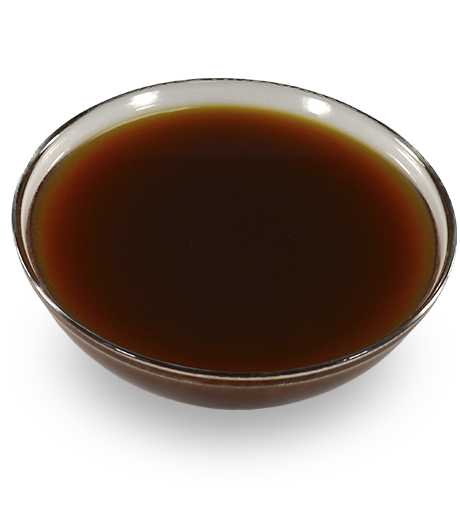Applications
The main area of application of malt extracts is shortening the beer production cycle and increasing the initial density of beer wort
Malt extracts are also used in the production of:
- Bakery products
- Flour confectionery
- Breakfast cereals and cereal flakes
- Barley-based malt whiskies with a shortened cycle
- Milkshakes, malt-based drinks like Ovaltine, Horlick, and other non-alcoholic beverages
- Gingerbread, biscuits, and muffins
- Ice cream
- Products for children's, sports, and diabetic nutrition
- Bases for the creation of nutrient media for the cultivation of microorganisms
- Malt vinegar
Purposes of use
Color correction – a natural ingredient as an alternative to chemical dye Caramel Colorant E150
Sweetness correction – as a natural sweetener for baking and the production of non-alcoholic and dairy beverages
Flavor enhancement – to give food and beverages a malt flavor
Useful substitute for traditional and synthetic sugars – due to their high maltose (malt sugar) content, malt extracts can be used as a healthier substitute for both traditional sugars such as sucrose, glucose, fructose, or high-fructose syrup and synthetic sugar analogs such as xylitol, sorbitol, or aspartame.
Concealment of undesirable flavors and smells
Fermentation activator – malt extracts are an excellent fermentation activator in the production of fermented alcoholic beverages such as tinctures and fruit wines due to their content of fermentable and easily digestible maltose.
Extension of shelf life of food and pharmaceutical products – the inclusion of malt extract extends the product's shelf life.
Advantages of use
Malt extract is an alternative raw material to shorten the beer production cycle.
The use of malt extracts makes brewing beer much simpler. It eliminates the time-consuming process for the preparation of grain malt: crushing, mashing, filtering, etc. Using this form of food stock makes it possible to brew beer in a minimum amount of time without the use of a whole range of related equipment.
Many brewery managers prefer the more profitable operation of a short-cycle brewery instead of the traditional production method. This does not lead to a reduction in the consistency of the beer, because it is not a choice between high-quality and low-quality beer. It is more a matter of individual preference. One way to save money on the initial investment in a brewery and subsequent operating costs is to simplify the brewing process and replace the traditional grain process with the production of beer from malt extracts, because this eliminates the need to build numerous malt houses, grain storage, and brewing facilities.
Making beer from traditional ingredients (water, malt, hops, and beer yeast) is a relatively complex technological process that requires the following:
1. Punctual adherence to all stages of beer production, which, like the variety of brewing parameters, requires a serious level of qualification and staff experience.
2. In addition to the higher qualification requirements, a high degree of operator responsibility and focus is also required to assess and monitor a large number of variables during the preparation of the raw materials and operation of the brewhouse.
3. Time savings – the production of wort by the traditional decoction mashing method takes 10 to 15 hours, depending on the type of beer produced, while the single-infusion mashing method takes 6 to 9 hours.
4. Energy savings – brewing using a long, multi-stage brewing process requires a lot of energy.
5. Regular supply of raw materials – grain malt has a very limited shelf life, and this means relatively frequent deliveries of raw materials, which increases overhead costs.
6. Storage facilities – grain and malt must be stored in dry, well-ventilated warehouses where rodents, birds, and insects cannot access the raw materials.
7. Solution of transport and environmental problems associated with the disposal of brewing waste.
Brewing with malt extract relieves the brewer of numerous worries about wort preparation
The wort is obtained by diluting the malt extract in prepared water. After that, the process continues by boiling with hops and adding beer yeast. The basic fermentation and maturation of the beer continues in the standard way.
One of the advantages of malt extracts in traditional (grain) brewing is the possibility to increase the capacity of the production shop at the necessary moment, since malt extracts can be added immediately before the end of the boiling of the wort with the hops, filling the boiler "to the top," which can increase the capacity of the shop by up to 30%. This makes it very easy to increase wort extractivity up to 14–18%, which is necessary for high-gravity brewing, or even up to 18–24%, which is necessary for very high-gravity brewing.
